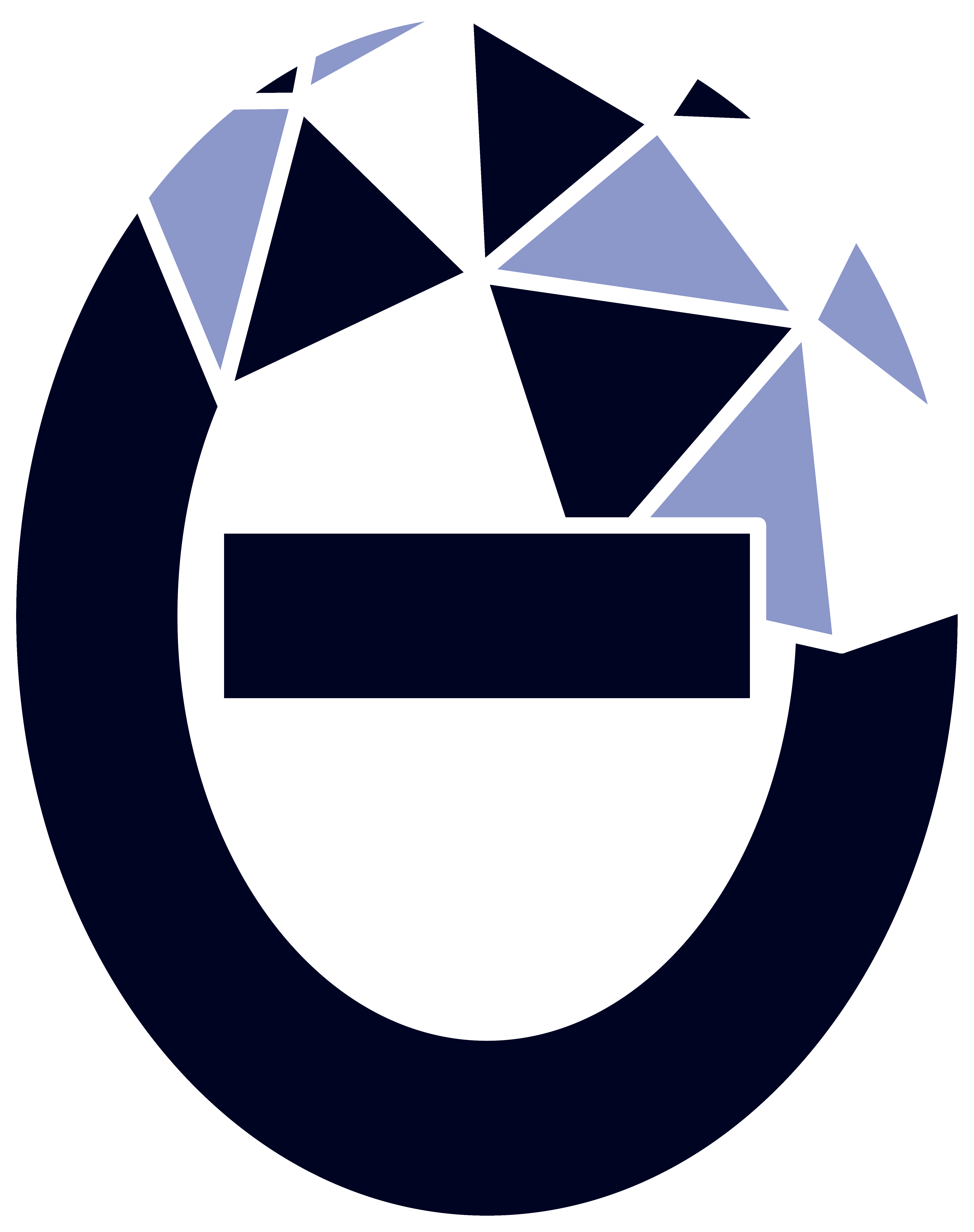Week 1 – All you ever wanted to know about pi
Prof. Robin Wilson, Open University & Pembroke College
The circle number pi has fascinated people for thousands of years?. Who first called it pi? Who had it engraved on his tombstone? Who tried to pass a law declaring it to be 3.2? How can we find pi by tossing needles? And can one square the circle? You’ll find the answers to all these questions – and much, much more – by coming to this lecture.
In addition to Robin Wilson’s academic publications in graph theory, he is the author of a range of popular texts from Sudoku, through history of maths, to Gilbert and Sullivan.
Week 2 – How to Be as Small as Possible
Dr. David Acheson, Jesus College
Some of the most attractive and thought-provoking problems in mathematics involve minimisation.
We will take an informal look at some examples, ranging from elementary geometry and packing problems to soap bubbles and catastrophe theory. Practical demonstrations will be included.Author of the best selling book 1089 And All That, David Acheson is famous for his humorous lectures and popular maths books.
Week 3 – The Mathematics of Smallpox
Prof. Tom Körner, Trinity Hall, Cambridge
Smallpox is a dreadful disease. In the 18th century a method for preventing it was introduced into Europe – but the method itself was dangerous. Daniel Bernoulli’s discussion of the resulting dilemma remains relevant.
Tom Körner is the author of a number of mathematical books, including, ‘The Pleasures of Counting’ and ‘Naive Decision Making’.
Week 4 – Challenging Mathematics
Dr. Peter Neumann, Queen’s College
Peter was the chairman of the UKMT for over 7 years which is best known for the Junior, Intermediate, Senior, and Team Maths Challenges. The talk will be an account of the UKMT and its work featuring some of the more challenging problems, both mathematical and non-mathematical.
Peter Neumann is known for his research in Algebra and its history and is presently a member of the Executive Committee of the International Commission on the History of Mathematics.
Week 5 – The Secret Mathematicians
Prof. Marcus du Sautoy, New College
Artists are constantly on the hunt for interesting new structures to frame their creative process. From composers to painters, writers to choreographers, the mathematician’s palette of shapes, patterns and numbers has proved a powerful inspiration. Often subconsciously artists are drawn to the same structures that fascinate mathematicians. Through the work of artists like Borges and Dali, Messiaen and Laban, I shall explore the hidden mathematical ideas that underpin their creative output but I will also reveal that the work of the mathematician is sometimes no less driven by strong aesthetic values.
Marcus du Sautoy is the Simonyi Professor for the Public Understanding of Science and is the author of many popular maths books including ‘The Music of the Primes’ and ‘Finding Moonshine’. He has also appeared on television in the Horizon programme with Alan Davies. Marcus was awarded an OBE for his services to Science.
Week 6 – Indra’s Pearls: A mathematical adventure
Prof. Caroline Series, Warwick University
This talk is based on the book of the same title by David Mumford,Caroline Series and David Wright. It tells the story of the authors’ computer explorations of the geometry of repeated Moebius maps, whose interactions produce intricate fractals. We will explain the simple algorithms whose repetition creates these remarkable images, behind whose intricacies lies a wealth of mathematical meaning and suggestive questions for research.
Caroline Series is a Professor of Mathematics at Warwick University, her research interests include: Hyperbolic geometry, Kleinian groups, and dynamical systems.
Week 7 – Adding Prime Numbers
Prof. Ben Green, Trinity College, Cambridge
Ben Green is the Herchel Smith Professor of Pure Mathematics at the University of Cambridge and Fellow of Trinity College. He has also held positions at Princeton, the Rényi Institute, PIMS, MIT and Harvard. Much of his research is in Additive Combinatorics, problems in this area may have the flavour of number theory, analysis or combinatorics, or combinations of all three. He is well known for his part in the Green-Tao theorem, proving that the sequence of prime numbers contain arbitrarily long arithmetic progressions.
Week 8 – Christmas Party
The Invariants
details to follow
Join our mailing list so you don’t miss any events!

Leave a Reply